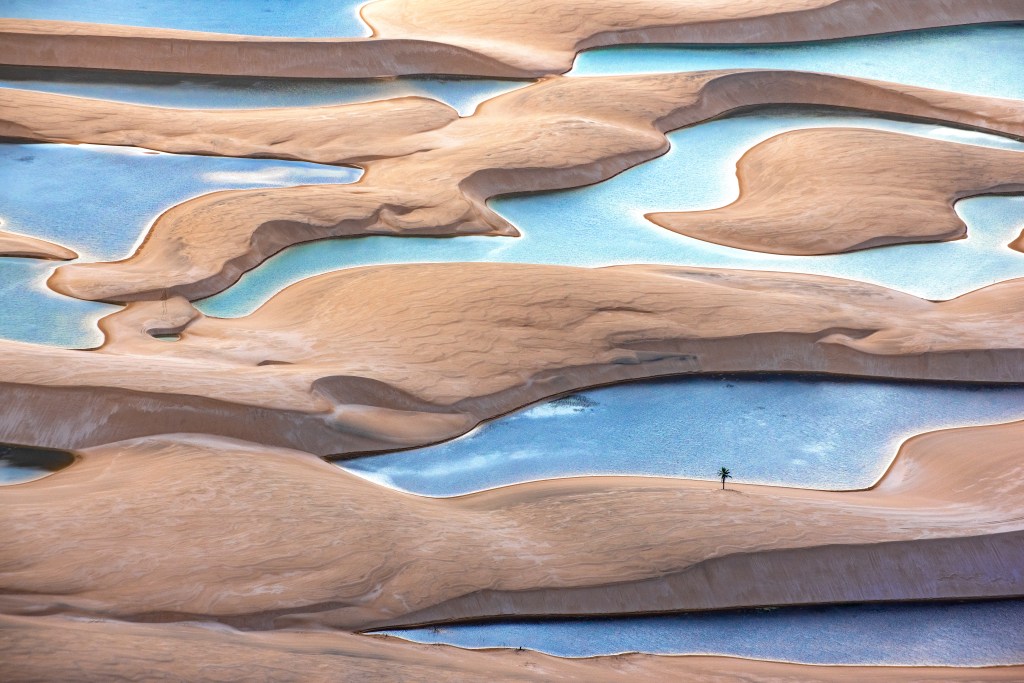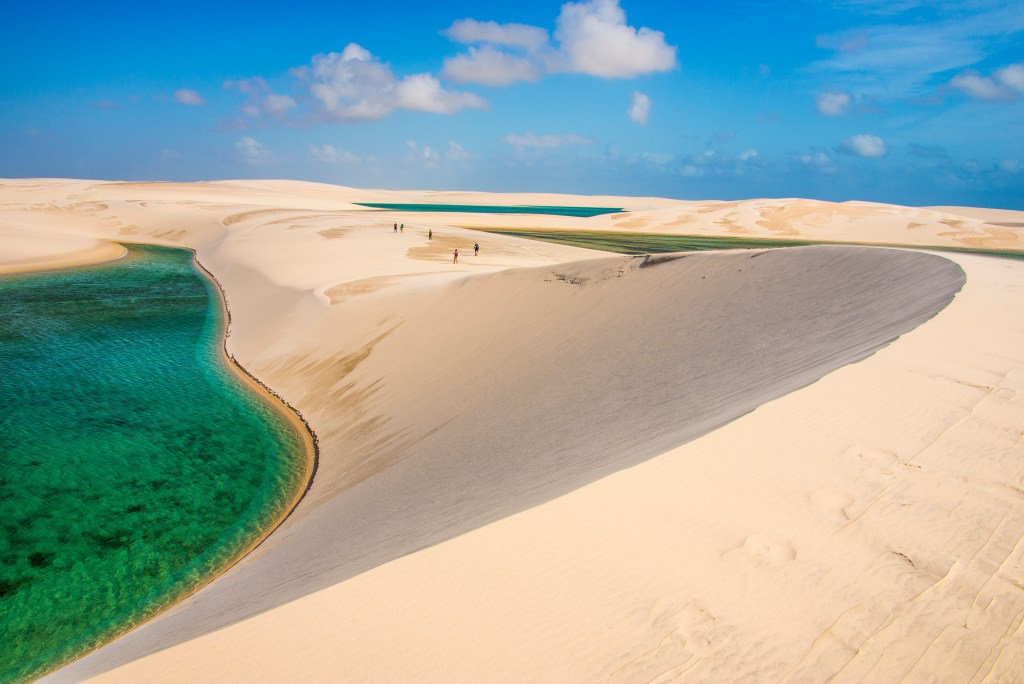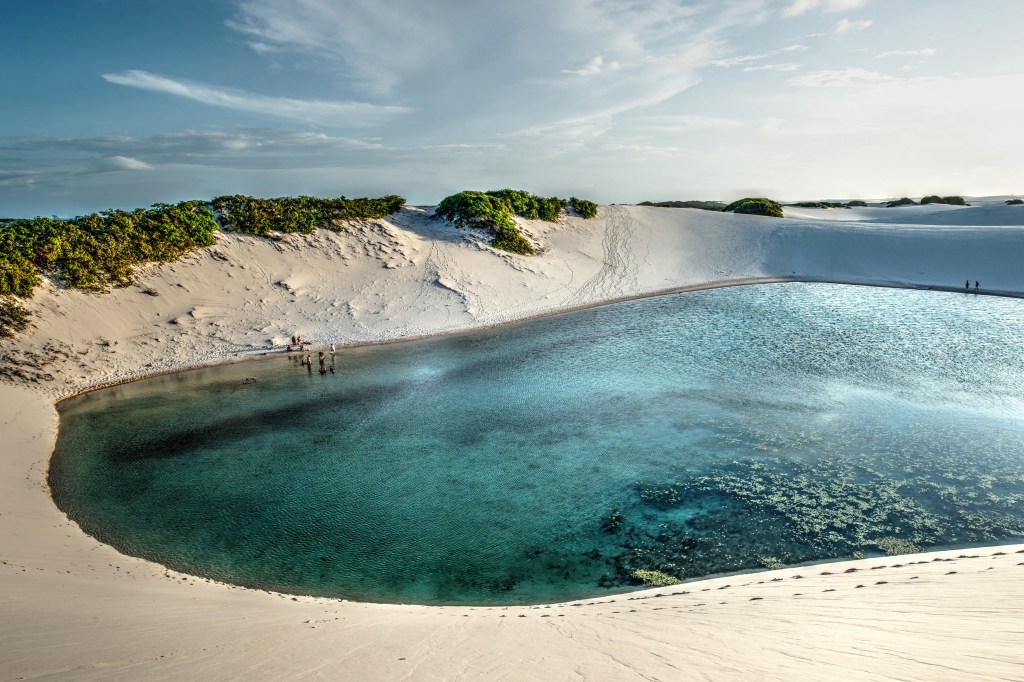
With tens of thousands of passionate and qualified travel content creators out there, we’re constantly being served drool-worthy reels of exotic places.
Videos by TravelAwaits
From exotic beaches at the end of the world to sunsets over ancient cities, these images fuel our wanderlust.
But not all of these places are as visually striking as advertised.
And there’s nothing like showing up to a destination with high hopes only to be confronted with a subpar sight. The feeling is even worse if you’ve set aside a lot of time and energy into making that visit possible.
I’ve covered a few of these spots before, including the famous Elafonissi pink-sand beach in Crete. Though the sand is often pinkish, it’s hardly the bright pink scenes that you’ll see billed on many travel sites and accounts. It’s a gorgeous little detail that enriches the experience—it’s not the end-all reason to show up.
That being said, some destinations meet the hype.
The spare few even surpass it.
That’s the case with Lençóis Maranhenses National Park in northern Brazil. It’s a soft-sand dessert with gently sloped dunes that fill up during the rainy season with pools of electric-blue water. Last year, it was named a UNESCO World Heritage Site, earning it even more acclaim, protection, and publicity.
It’s the most delicious landscape I’ve ever laid eyes on, and one of those places that photos don’t do justice.
I’m sure you’ll see it on your travel feeds sometime soon. Here’s what you need to know about visiting this stunning natural wonder.
Heaven on earth: welcome to Lençóis Maranhenses National Park

There’s a lot of history and ecology behind the current state of Lençóis Maranhenses National Park. Here’s a quick rundown: monsoon rains blanket the region for half the year, creating interconnected lagoons of freshwater in the dune valleys. They provide shelter to over 100 unique species of flora and fauna, some as deep as ten feet.
The lagoons connect the dunes to other freshwater sources, such as rivers and aquifers. That means you can spot otters, manatees, and other unique mammals in the area.
When the monsoon season ends, the dry season begins. In quick order, the lagoons dotting Lençóis Maranhenses National Park dry up, and the area transforms back into an arid desert until the next rainy season arrives.
What is there to do at Lençóis Maranhenses National Park?

Lençóis Maranhenses National Park is a popular tourist pick for domestic travelers and international visitors. But it’s a bit farther off the beaten track, meaning only the dedicated make the journey from Rio and São Paulo. Around 60,000 enter the park every year.
You can find tours offering jeep rides, sand surfing, swimming, stargazing, and plenty more. But keep in mind that this is a preserve that’s monitored by a certified biodiversity organization, meaning you can’t head into the park solo. (More on this below.)
Here’s where it gets a little tricky.
Lençóis Maranhenses National Park’s bright blue lagoons form during the rainy season, meaning you might need to dodge a few rainstorms to enjoy your visit. That being said, larger lagoons such as Lagoa Bonita, Lagoa Azul, and Lagoa Tropical are very deep, letting you swim even when the monsoon ends.
Try to book your trip from May to September when the lagoons are likely to have plenty of water and there are fewer rain showers. Be prepared for temperatures hovering in the 90s.
How can you get there?

Like I mentioned above, Lençóis Maranhenses National Park is far off the beaten tourist track in Brazil. But that doesn’t mean it’s impossible to reach. The best jumping-off point to get into the park is Barreirinhas, where you can find accommodation and also book tours with certified agencies.
To get to Barreirinhas, rent a car in São Luís and make the four-hour drive. The best way to get to São Luís is by taking a short flight from Rio de Janeiro or São Paulo.
